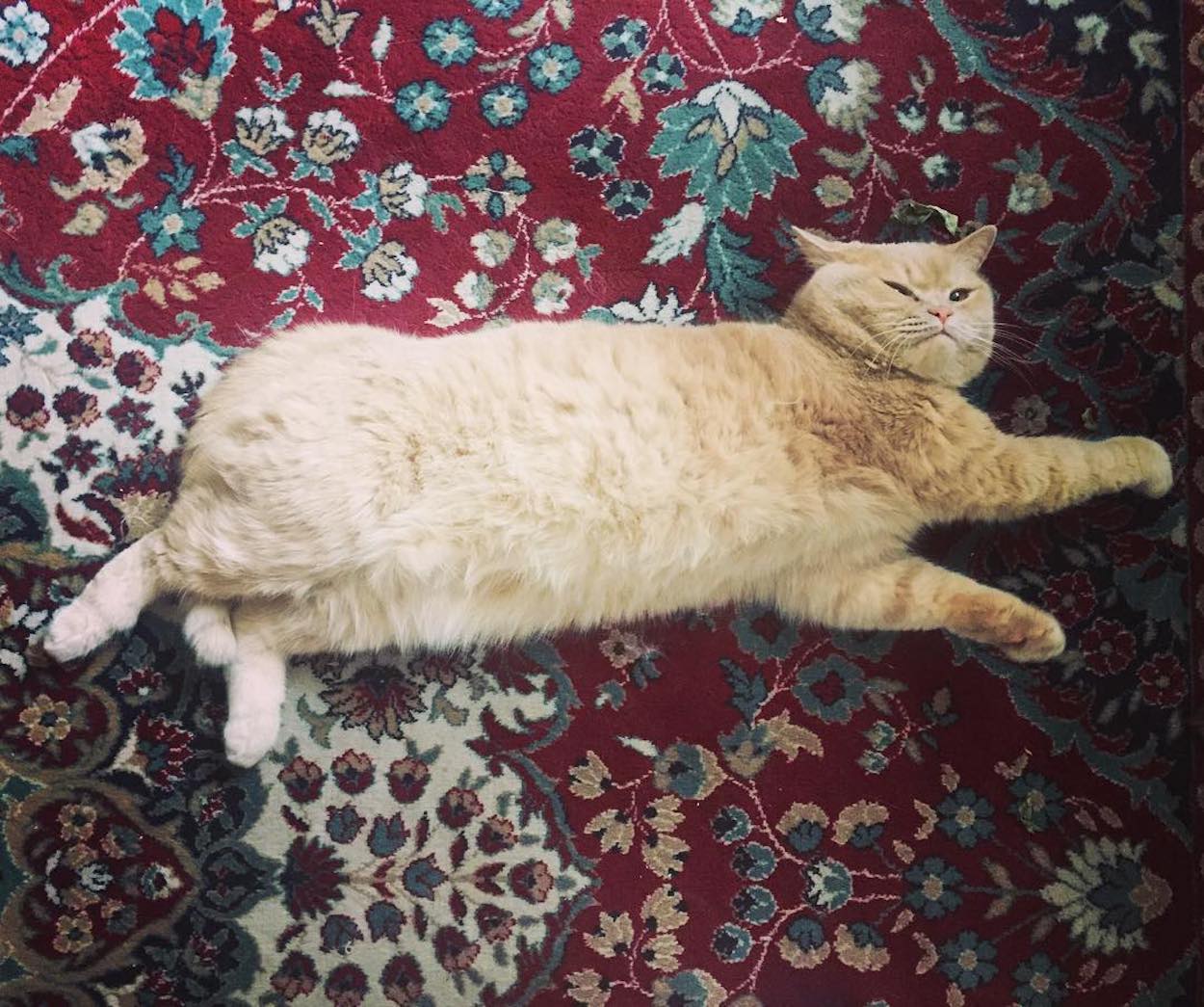Tipu Sultan reigned over a volatile Mysore in Southern India. There were frequent skirmishes with neighboring kingdoms as well as rebellion within the borders. The most serious threat came from the growing influence of the British East India Company. After two inconclusive military campaigns, a British-led coalition overthrew Tipu in the Third Anglo-Mysore war of 1789.
The coalition annexed half of Mysore’s territories and eliminated Tipu’s access to the coast. Additionally, significant financial tributes were sought. General Cornwallis took Tipu’s two young sons hostage to ensure Tipu’s compliance with the cease-fire terms. Tipu’s humiliation was thus not merely political, but also very personal. It was in the backdrop of these events that Tipu commissioned this peculiar wooden tiger.
The tiger is depicted sinking its teeth into the neck of a man, who’s attire appears to be inspired by British clothing. When the handle is turned the man’s forearm moves back and forth, and sounds mimicking a tiger’s growl along with a man’s cries of agony are produced. The device is fitted with organ pipes and ivory keyboard that are revealed by opening a flap in the tiger's flank. The South Indian workmanship is clear in the casing, while the musical components are of European origin.
After Tipu was killed in the Fourth Anglo-Mysore war, the British forces raided the palace where the curious mechanical tiger caught their attention. Although of little monetary value, it was certainly a fascinating object and was thus shipped off to London for display in the Company’s Indian Museum. It lies today at the Victoria and Albert Museum.
- Maya Tola
On this short video by Victoria and Albert Museum you can hear how the tiger sounds. : )
P.S. If you're ready for a jungle trip with tigers and other exotic animals, do it here with our beloved Henri Rousseau!


 Unknown Artist
Unknown Artist